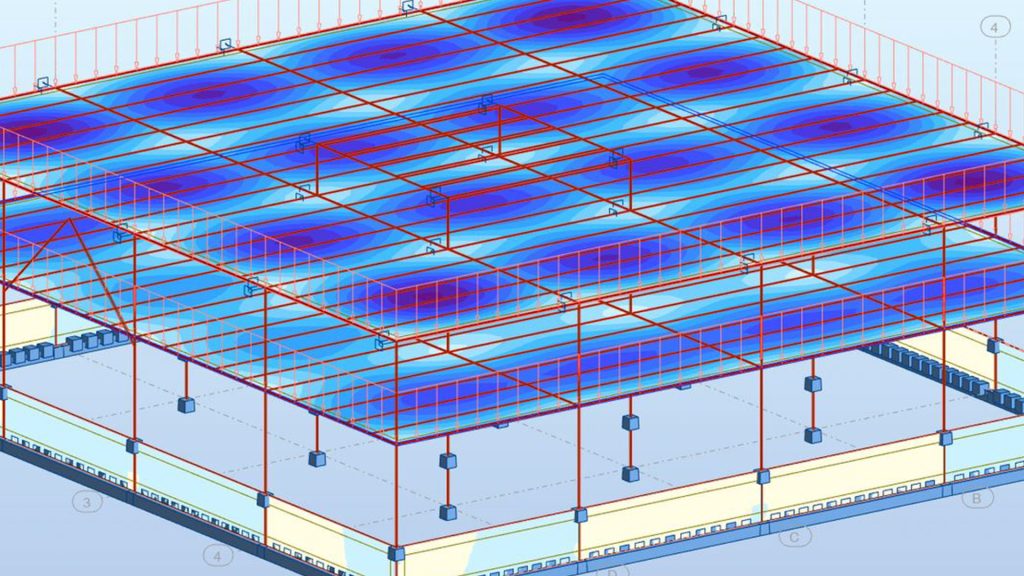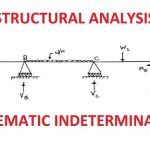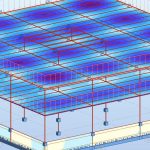In order to produce a rigid structure in a whole, the rigid discs should be connected in specific way. Let us consider general rules for formation of geometrically unchangeable structures from two and three rigid discs. If a structure is formed from two discs, then their connections may be as follows:
1. Connection by fixed joint (Fig. 1.3a)
2. Connection by hinge C and rod AB, if axis of AB does not pass through the hinge C (Fig. 1.3b)
3. Connection by three nonparallel rods. Point of intersection of any two rods presents a fictitious hinge C0 . In this case, the other rod and fictitious hinge corresponds to Case 2 (Fig. 1.3c)

If a structure is formed from three discs, then their connections may be as follows:
1. Connection in pairs by three hinges A, B, and C, which do not belong to one line (Fig. 1.4a).
2. Connection in pairs by two (or more) concurrent links, if points of their intersections A, B, and C do not belong to one line (Fig. 1.4b).
Case 1.4a may be presented as shown in Fig. 1.4c: additional joint A is attached to rigid disc D by two links 1 and 2. This case leads to a rigid triangle (Fig. 1.2a), which is a simplest geometrically unchangeable structure. This is the main principle of formation of simplest trusses


Required and Redundant Constraints
All constraints of any structure are divided into two groups.
Required constraint of a structure is such a constraint, eliminations of which change a kinematical characteristic of the structure. It means that the entire unchangeable structure transforms into changeable or instantaneously changeable one, instantaneously changeable transforms into changeable, and changeable transforms into changeable with mobility more by unity. Note that constraint assumes not only supports, but elements as well. For example, elimination of any member of truss in Fig. 1.5a transforms this structure into changeable one, so for this structure all the elements are required.
Redundant constraint of a structure is such a constraint, eliminations of which do not change a kinematical characteristic of the structure. It means that the entire unchangeable structure remains the unchangeable (Fig. 1.5b), changeable structure remains changeable one, and instantaneously changeable remains instantaneously changeable structure. The structure in Fig. 1.5a has no redundant constraints. For structure in Fig. 1.5b, the following constraints may be considered as redundant: 1 or 2, and 3 or 4, and one of the supports – B or C, so the total number of redundant constraints is three.
Constraint replacing. In case of unchangeable structure, the constraints may be replaced. It means that the required constraint may be eliminated and instead of that another required constraint should be introduced, or the redundant constraint is replaced by another redundant constraint. This procedure allows from a given structure to create a lot of other structures.



Comments are closed